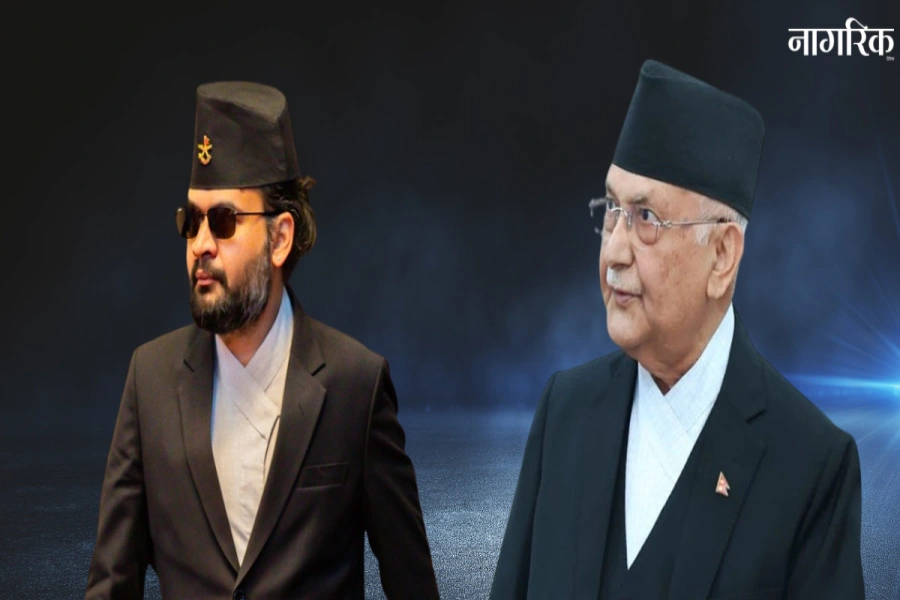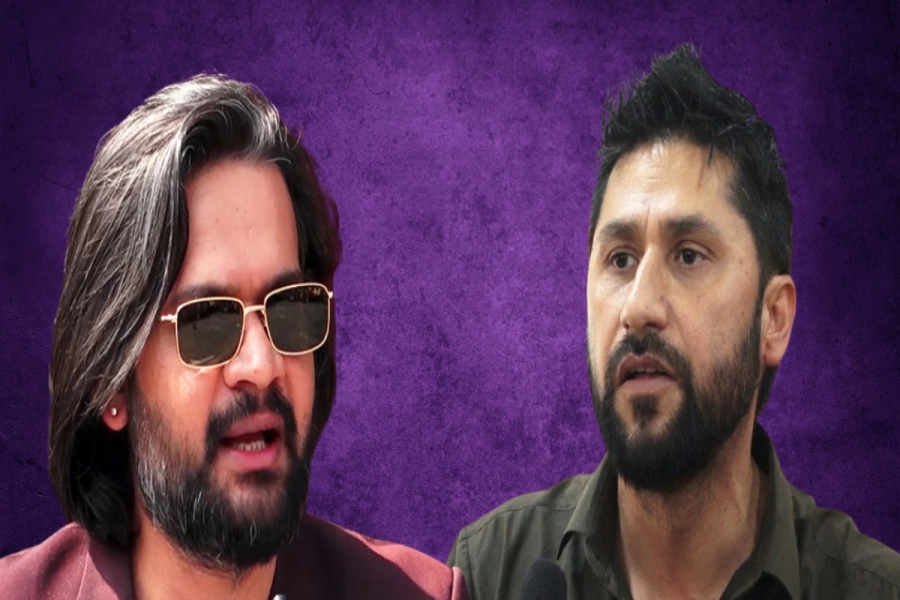Folktales are generally believed to have a perfect resolution and a happy ending. “Cinderella,” “Snow White,” “Hansel and Gretel,” “Little Red Riding Hood,” and “Sleeping Beauty” all finish with a happy ending for the protagonist.
The folktale happy ending usually contains three distinct characteristics: Reversal of the power dynamics that characterizes the first half of the story, fulfillment of wishes, and morals. For example, Cinderella, who was abused at home by her stepmother and stepsisters, becomes the queen in the end and gets to punish her abusers. Hansel and Gretel, who are starved at the beginning, get plenty of food. [break]

digital-art-gallery.com
Snow White contains the moral that virtue wins and evil is defeated. Since these “fairy tales” are very popular, it is often believed that all folktales are similar. However, a short analysis of some other folktales tells us that it is not so.
Many Nepali folktales end without resolving the conflict. In a story called “Stepmother and Pot with a Hole,” the protagonist’s stepmother asks her to bring her water in a pot that has a hole. The girl tries to, but is eventually exhausted from her efforts, and dies from it. “The Story of Brother and Sister” goes even further, here the protagonist’s sister heartlessly sends her brother to his death so that she can acquire his money. The sister is a close biological relative, and in conventional folktales like “Juniper Tree,” biological relatives are reconciled at the end of the story. These two stories defy a conventional resolution, and do not seem to have a moral either.
Why do Nepali folktales have sad endings, while such endings are absent from European folktales? My search for a reason of this discrepancy led to the date when these stories were collected: All Nepali tales have been collected in the past sixty years directly from oral sources. Before that, folktales were not valued in Nepali society, and they were passed down only orally.
In contrast, in Europe folktales have been collected for more than 400 years. Tales that are popular today are heavily edited or modified versions of older oral tales. Based on this finding, I decided to investigate older European folktales to determine if the time elapsed impacted story content.
The investigation led to many older European tales that originally did not contain resolution. For example, “Little Red Riding Hood” is a well known tale. However, it is not popularly known that in many versions, like Charles Perrault’s 1891 version, and Christian Schneller’s 1867 version, the protagonist Red Riding Hood and her grandmother are both eaten up by the wolf. There is no reversal of power dynamics, and no wish fulfillment. But even without a resolution, it can and does have a moral: Young girls must not trust strangers who lurk in wait to devour them.
On further investigation, older tales without morals were also found. Tales like “Puss in the Boots” and “Rumpelstiltskin” puzzle readers because they obviously flout morals. The cat in “Puss in the Boots” deceives everyone to get what his master wants, and yet is celebrated as the hero. “Rumpelstiltskin” has a lying father: A man lies to the king that his daughter can weave gold from straw.
It has a cheating heroine: The daughter promises a dwarf that if he can make gold from her straw, she will give him her son, but later refuses to do so. It has a blackmailing protagonist: Rumpelstiltskin threatens to reveal the woman’s secret to her husband if she does not give him her son. The “lesser evil” has the happy ending in the story, as the heroine gets to keep her son but Rumpelstiltskin dies.
But the most shocking example of a tale without morals is “Sun, Moon, and Talia,” an early version of “Sleeping Beauty” collected by Giambatista Basile and published in 1634.
In the tale, when the prince discovers the Sleeping beauty, he actually has sexual intercourse with the corpse. Talia bears two children from the rape. She goes in search of her husband, who is already married. The wife schemes to kill the children, but the prince finds this out, burns her to death, and happily settles down with Talia.
Such a confusion of moralities is visible in many older folktales, but as the tales evolved, edited versions with happy endings became more popular than the original versions. For example, Charles Perrault was a courtly writer who had an interest in folktales. He was responsible for modifying many folktales like Cinderella and giving them gentler, more refined endings.
Cinderella’s stepsisters’ eyes are gouged out in Grimm Brothers’ version, but in Perrault’s version, they embrace and make up. He even adds a moral, found in no previous version: “Beauty in a woman is a rare treasure that will always be admired. Graciousness, however, is priceless and of even greater value.” Cinderella of earlier versions, who let her stepmother be punished with death, had none of this grace.
Three of the five most popular folktales: “Cinderella,” “Snow White,” and “Sleeping Beauty,” have been made into popular animated films by Disney, and two others, “Hansel and Gretel” and “Little Red Riding Hood,” have appeared in other Disney movies. It is these versions that are popular. These are the versions that propagate, through marketing efforts, the deceptive images of happy ending.
The result is that western folktales have moved from folk stories into literary stories. But in popular imagination, these versions have accumulated more authenticity than older versions.
Their morality-infused form is believed to be the norm. As a result, tales that contain no resolution or no morals elicit puzzlement from an audience looking for rationality. Much effort is spent on discovering their hidden morals or messages, when in fact, folktales were just a form of mass communication. They were used to share ideas and concepts, both good and bad. They were a means of social interactions, a means for identifying social norms, and a means for learning behaviors and roles, but not necessarily morals.
Nepali stories are closer to the folk form because they have been collected from oral sources more recently and have undergone less editing and revision. The change of form from oral to written transmission has had significant consequences in our understanding of folktales. The constructed and concise way of storytelling in recorded folktales is very different from the spontaneous storytelling of oral communication. These edited tales say more about the individual collector and narrator than the society they are collected from. This leads us to the conclusion that edited versions of folktales should be analyzed as literature rather than as folk expressions.
The author is with
Republica’s op-ed desk
sewa.bhattarai@gmail.com
Cinema and streaming can happily co-exist: Ajay Devgn





































